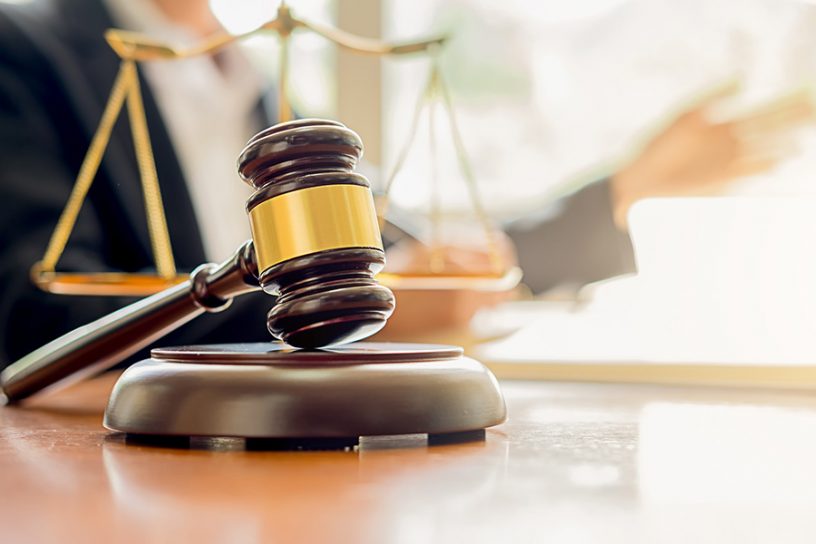
This essay’s main argument is that Shakespeare attempts to counter the view that the law is a relatively stable set of principles that can be seen persisting indifferently through turbulent and peaceful times.
Author
Anirudh Belle, Jindal Global Law School, O.P. Jindal Global University, Sonipat, Haryana, India.
Summary
Traditional jurisprudence, with its roots in the seventeenth century, has been preoccupied with questions of legal legitimacy and the composition of law. In Shakespeare’s history plays, one finds a parallel legal discourse. Shakespeare does not seem persuaded by ideas of a perfect legal order as much as he does by the problematics of law itself. This essay examines two of Shakespeare’s history plays: Richard II[1]and Henry V.[2]These plays are positioned at both extremes of what scholars call the second tetralogy?. Their narratives are also couched in contrasting terms: the first is built on the image of a beleaguered monarchy, while the second, as it appears, on a more powerful and united polity. Taken together, the range offered by these texts lay ample ground to investigate the positions and promptings of a legal order.
This essay’s main argument is that Shakespeare attempts to counter the view that the law is a relatively stable set of principles that can be seen persisting indifferently through turbulent and peaceful times. The argument is developed through three thematic sections. The first section, with two subsections, explores the meaning and implications of justice. Friedrich Nietzsche’s aetiological descriptions of justice are applied to the action of both plays. It is argued that justice is an inherently fractured concept, lending it self to divisive tendencies far more than it does to order and unity.
The law’s supposed orientation towards justice, it follows, perils it with the same attributes. The second section, also divided into two subsections, looks at history, ceremony and power and demonstrates how these themes are used in the plays to complicate the image of law as a predictable, stable and unifying device. The third section examines entrenched legal or constitutional principles, on the one hand, and popular politics, on the other, and demonstrates how their interaction reflects the inherent instability of a legal order. The final section concludes.
The observations in this essay are rooted in the plays texts. Therefore, while conclusions about broad themes like law or justice are stated in general terms, it would be helpful to view them in light of both plays and their specific narratives, before they are considered as broad inferences.
Published in: Novum Jus
To read the full article, please click here.


